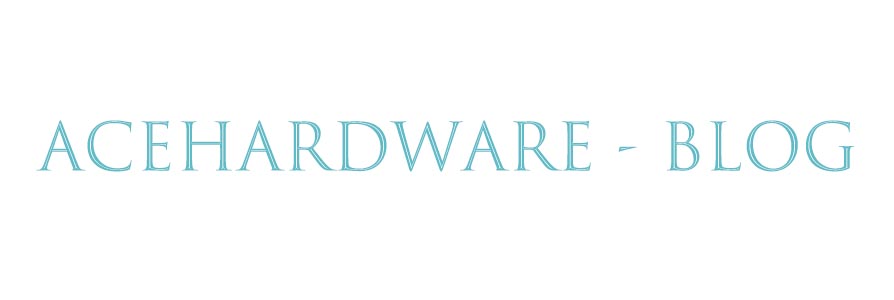Coil Coated Aluminium Factory vs Standard Aluminium Production: Key Differences
Mar. 14, 2025
The world of aluminium manufacturing is diverse, with various methods and processes tailored to meet specific needs. While traditional aluminium production has been the standard for years, coil coating has emerged as a modern technique that offers unique advantages. In this article, we will explore the key differences between a coil coated aluminium factory and standard aluminium production, shedding light on their processes, benefits, and applications.
If you are looking for more details, kindly visit coil coated aluminium factory.
Understanding Aluminium Production
Aluminium is a versatile material used in numerous industries, from construction to automotive. The standard production method involves smelting bauxite ore to produce aluminium ingots. Once the aluminium is produced, it can be further processed through extrusion or rolling into sheets or other forms. This traditional approach has been the backbone of aluminium manufacturing for decades.
What is Coil Coating?
Coil coating is a continuous process used primarily for aluminium and steel. In this method, pre-finished coils of metal are coated with a protective layer before being shaped into final products. This process generally involves cleaning the metal surfaces, applying a base coat and then a top coat, followed by curing to create a durable finish. This method allows for consistent quality and uniform finishes on large quantities of metal.
Key Differences Between Coil Coated Aluminium Factories and Standard Aluminium Production
1. Process Flow
In standard aluminium production, the process starts with extracting bauxite and refining it into alumina, which is then smelted into aluminium. The metal undergoes various processing stages before it becomes usable for end consumers.
In contrast, a coil coated aluminium factory specializes in coating pre-rolled aluminium. This method streamlines the production process, significantly reducing the time from raw material to finished product. The continuous nature of coil coating allows for faster turnaround times, catering to industries that require efficiency and speed.
2. Customization and Variety
Coil coating offers significant advantages in customization. Factories that specialize in coil coated aluminium provide a wide range of colors, textures, and finishes. Customers can choose specific coatings tailored to their needs, such as high-gloss, matte, or even textured finishes.
In standard aluminium production, customization options for colors and finishes are limited since the focus primarily lies on producing metal forms rather than finishing processes. This makes coil coated aluminium a highly sought-after option for applications where aesthetics are critical, such as architectural elements and consumer goods.
3. Durability and Maintenance
One of the standout features of coil coated aluminium is its enhanced durability. The coating adds a robust layer of protection against environmental factors, such as UV rays, moisture, and corrosion. This means that coil coated products often require less maintenance over time.
On the other hand, standard aluminium, while naturally resistant to corrosion, may require additional treatments or coatings to achieve similar levels of protection. This can lead to higher long-term maintenance costs, especially for products used in harsh environments.
4. Environmental Impact
Both methods have a significant environmental footprint, but coil coating may offer some advantages. The coil coating process reduces waste because it uses less water and energy compared to traditional finishing methods.
Moreover, advances in coil coating technologies have led to the development of eco-friendly paints and finishes, which not only minimize environmental impact but also appeal to consumers who prioritize sustainability. In contrast, standard aluminium production can be energy-intensive, especially during the smelting phase.
5. Market Applications
Coil coated aluminium is widely used in various applications such as building and construction, appliances, and automotive industries due to its aesthetic flexibility and durability. It's particularly popular for cladding, roofing, and siding solutions in architecture.
Standard aluminium production serves a broader range of applications, including structural components, packaging, and manufacturing. However, the specific requirements of certain sectors often make coil coated aluminium a preferred choice, especially when visual appeal and protection are paramount.
Conclusion
In summary, both coil coated aluminium factories and standard aluminium production play vital roles in the aluminium industry but serve different market requirements. While traditional methods focus on creating the raw material, coil coating specializes in providing finished products with high durability and customization options. Whether you are an architect seeking aesthetic solutions or an industrial manufacturer looking for functional materials, understanding these differences can help guide your choice in the world of aluminium applications.
By recognizing the unique benefits of coil coated aluminium, stakeholders can make informed decisions that meet their specific needs and align with their project objectives.
Are you interested in learning more about colour coating process? Contact us today to secure an expert consultation!
29
0
0
All Comments (0)
Previous: None
Next: Understanding Coil Coating Lines: A Complete Guide for Manufacturers
If you are interested in sending in a Guest Blogger Submission,welcome to write for us!


Comments